How to care for peppers in open ground and in a greenhouse
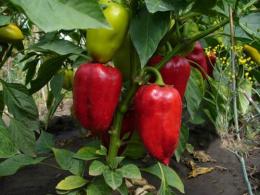
The point of growing any fruit, vegetable or berry in a personal plot is to obtain a rich harvest. Every gardener wants the efforts spent on caring for a particular crop to be rewarded with tasty and healthy fruits.
Content:
- Features of caring for peppers in open ground
- Watering peppers in open ground
- Fertilizing peppers in open ground
- Features of caring for peppers when grown in a greenhouse
- Basic measures for caring for peppers in a greenhouse
- Pests and diseases of pepper
Therefore, before deciding to grow any crop, you need to carefully study the activities that need to be carried out to care for garden crops. And among them you need to choose one that will be pleasant to care for and not very difficult.
Many people do not dare to plant bell peppers in their garden, because the conditions for growing in open ground are not suitable for everyone due to the climate, and it is either expensive to build a greenhouse on the plot, or there is not enough space. But those who still want to enjoy the tasty and healthy fruits of pepper need to know about the features of caring for this crop.
Features of caring for peppers in open ground
Caring for peppers grown outdoors in the garden is similar to the same measures that are used in caring for tomatoes. Pepper requires watering, weeding, timely fertilizing, loosening the soil, protection from pests and diseases.In addition to such simple manipulations, pepper bushes will need to be removed stepsons.
Watering peppers in open ground
During the procedure itself landings The pepper is watered, then watering again must be done 4-5 days after planting. If the weather does not spoil with rain, then you regularly need to water the pepper plantings every 8-10 days. This watering regime will be maintained until the first fruits appear on the bushes. If not so many fruits are produced, then you can remove them from the bushes before the bulk of them.
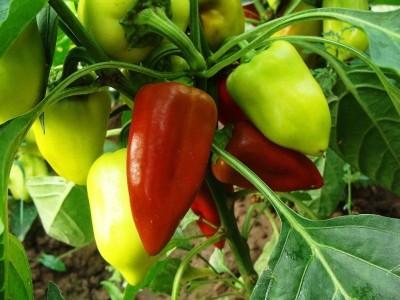
After the mass ripening of the peppers, they take a short break in watering, which is resumed and made regular when flowers appear on the plants again.
Fertilizing peppers in open ground
Fertilize pepper nitrogen, potassium and phosphorus (especially the last two) will be needed at least three times during the summer season.
It is recommended to fertilize for the first time approximately two weeks after planting the seedlings in the ground. The second is carried out during the period of mass fruit set, and the third feeding is carried out approximately 15-20 days after the second application of fertilizers.
It is better to feed peppers by spraying microfertilizers, so they are better absorbed by plants, the fruits grow evenly and even in shape.
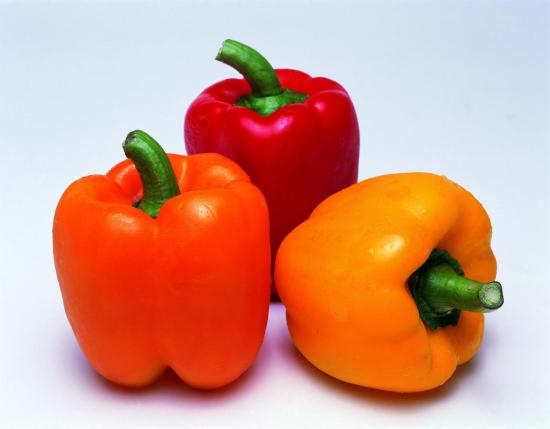
It is better to loosen the soil after rain to break up the earthen crust on the surface of the beds. Weeds are pulled out when they become clearly visible. In hot climates, peppers will require the construction of a shelter over the beds.
Features of caring for peppers when grown in a greenhouse
Even in a greenhouse, it is better to grow peppers using the seedling method. Our latitudes are still not as warm as we would like; even in a greenhouse in early spring, the soil has not yet warmed up enough to prevent the plantings from dying.In greenhouses with organized heating, seedlings can be planted as early as March, but in ordinary greenhouses - no earlier than the second half of April. At a minimum, the soil should be warmed to +18 degrees.
The soil for peppers must be selected carefully: it must be fertile, rich in humus, and loose. It will be good to add compost and humus to it, and dig up the beds well. Pepper grows very well in the soils where cucumbers grew before, beans, zucchini.
Basic measures for caring for peppers in a greenhouse
For pepper to grow well and produce a decent harvest, you need to:
- create a favorable temperature regime in the greenhouse - the air should be at least +25 degrees, and the soil temperature +18-22 degrees;
- the greenhouse must have enough light for the growth and development of plants;
- Regular watering is necessary, preferably before lunch;
- after watering, loosen the soil;
- create sufficient air humidity inside the greenhouse, otherwise, if its level is low, flowers will fall off, and, accordingly, there will be no harvest;
- Feeding with nitrogen, phosphorus and potassium, as well as microelements - manganese, iodine, boron and zinc, is important;
- If pests are detected, it is necessary to destroy them as soon as possible so as not to harm all plantings.
Pests and diseases of pepper
With both growing methods, pepper is affected by the same pests and diseases.
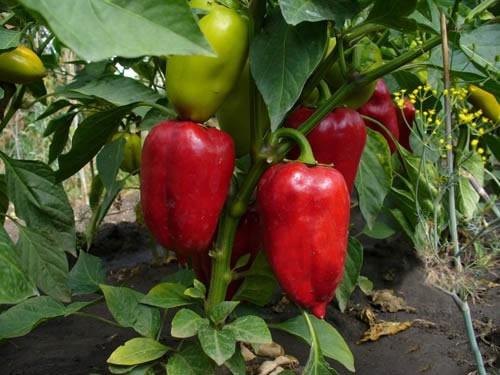
Particularly common pests include spider mites and aphids. If they are found on plants, it is necessary to treat them as quickly as possible with special insecticides that fight harmful insects.
With a lack of watering and humidity, some parts of the pepper fruits can sink in and darken, eventually becoming covered with gray rot, which affects both their external attractiveness and taste. It is unlikely that anyone would want to eat such unsightly and damaged fruits. This is why it is so important to provide the plants with regular and sufficient watering.



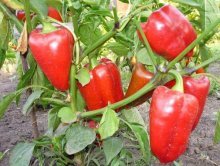
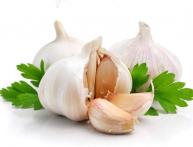
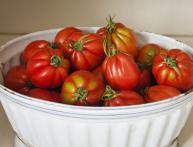
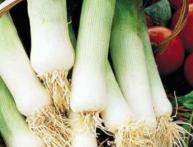
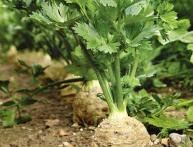
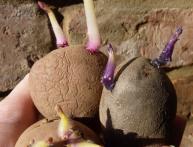
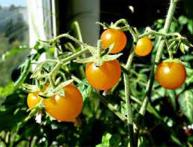
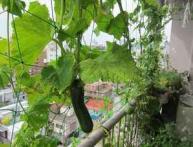
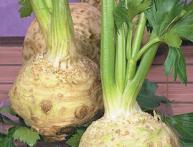
Comments
Whether to grow peppers in greenhouse conditions or in open ground depends on the region in which it will take place. For example, in Kuzbass I see no point in trying to get a good pepper harvest in the open air.
Yes, indeed, peppers are more demanding of watering than tomatoes.